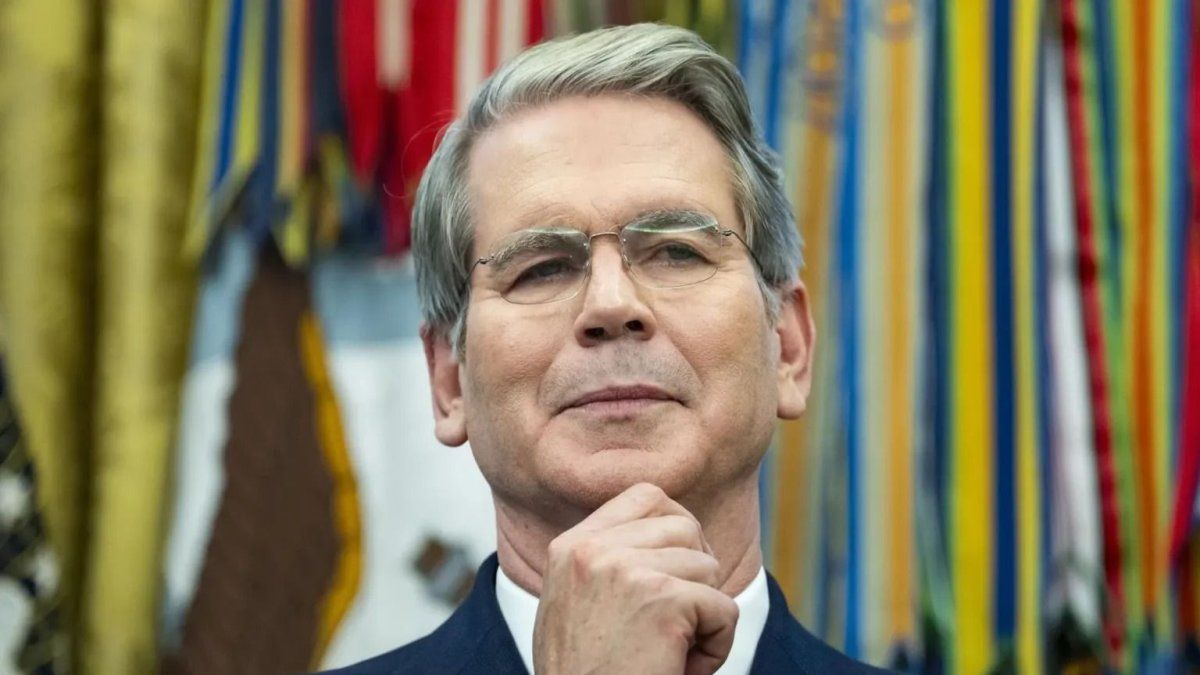Although it was foreseeable that, in the run-up to the elections, Portfolios will be oriented towards currency positionshe bad result in the Province of Buenos Airesthe volatility of the rates product of lack of liquidity and sustained selling of US Treasury dollars They deepened the bad mood among the operators. Beyond the so-called “electoral shock”, the financial climate became more volatile and less confident about the maintenance of exchange rate policy.
In the local square predominates a double reading. On the one hand, the positive data: Analysts estimate that the Government will retain its hard core, around a third of the electorate. That political floor, although limited, would allow resume the agenda and buy time to recalibrate economic policywhile advancing structural reforms. However, the market interprets that the real change in expectations will only come with a twist to the current programwhich includes the elimination of exchange bands or at least the extension of the ceiling, something that the Government completely rules out.
On the other hand, the negative factor continues to weigh more: Few trust that this exchange scheme will survive beyond October 26. Even with the explicit support of the United States, the market disbelieves in the official capacity to sustain this exchange rate that is perceived as “backward” because it is not an optimal dollar that allows it to accumulate reserves. The search for coverage, which has already accelerated in recent months, will continue to be driven this week by fears of an imminent correction.
markets finance live shares stock markets investments dollar rates cedars
Volatility in the dollar will continue in the last week before the elections.
Depositphotos
Beyond this point, two key pieces of information became known this week. On the one hand, the direct intervention of the North American Treasuryestimated at about US$340 million in the MULCa figure that seems quite modest. On the other hand, the possibility of incorporating into the swap an additional financing line from Wall Street banks for US$20 billion.
“The support of the United States was supposed to bring calm. Neither the forcefulness of the announcements nor the unprecedented intervention of the leading world power in the exchange market managed to stabilize expectations,” they warned from Econviews. “Economically, the signs are worrying. The team insists that the bands are well calibrated and that the program is solid, although without Bessent’s support the scheme would hardly have survived until the elections. This denial of the problem fuels distrust in the market, which almost unanimously demands a more flexible exchange rate and a clearer reserve accumulation strategy,” they added.
From SBS Group They agreed that the axis of the discussion is no longer about the election, but about the sustainability of the exchange rate regime: “More than the regime itself, what is relevant will be whether or not it allows the accumulation of genuine reserves, a crucial issue from a macro-financial perspective to compress the country risk and recover access to the voluntary credit market in dollars, even with the strong support implied by the assistance announcements from the United States.”
In the same line, LCG He maintained that “beyond the obvious public messages,” the best post-electoral strategy would be “a more flexible regime, without bands, with discretionary interventions in the market, seeking a balance in the trade of goods and services.”
“Perhaps the necessary dollar is not much above the current ceiling. Only in this way, and keeping that competitive level stable, could depreciation expectations be attenuated, reduce the dollarization of portfolios and, consequently, interest rates, although they should continue in positive territory,” they stated.
Looking ahead to this week, analysts anticipate that exchange rate uncertainty will persistwhile closely monitoring rate dynamicswhich showed erratic movements during the last few days. It is expected that the liquidity injected after the tender will improve the situation in the peso market. Additionally, the city will be attentive to possible additional announcements of the movements carried out by the US Treasury and upon the arrival, on Wednesday, of Jamie Dimonglobal CEO of JP Morgan, who will give a talk at the local subsidiary.
The agenda (loaded) for this week, locally and internationally
Monday, October 20:
Tuesday, October 21:
-
INDEC:
-
Results of the August Hotel Occupancy Survey.
-
Dissemination of Qualitative Expectations Surveys in the industry, supermarkets and wholesalers.
- International: L’Oréal, Coca-Cola, 3M, General Motors, Nasdaq and Netflix present balance sheet.
-
Wednesday, October 22:
Thursday, October 23:
-
INDEC:
-
Torcuato Di Tella University: October Consumer Confidence Index.
-
BCRA: Credit Conditions Survey for the third quarter, with the evolution of rates and credit supply.
Friday, October 24:
-
Japan: September CPI and October preliminary composite PMI.
-
United Kingdom: September retail sales.
-
USA: CPI for September (will be published despite the closure of the federal government).
- Corporate balance: Procter & Gamble will present results.
Source: Ambito
I am a 24-year-old writer and journalist who has been working in the news industry for the past two years. I write primarily about market news, so if you’re looking for insights into what’s going on in the stock market or economic indicators, you’ve come to the right place. I also dabble in writing articles on lifestyle trends and pop culture news.




